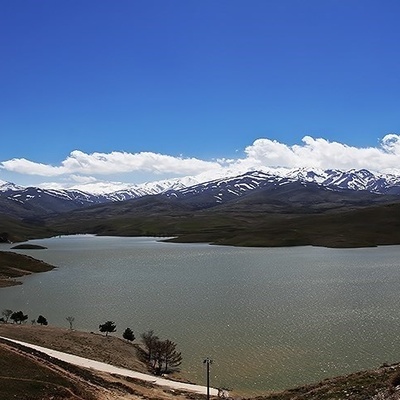SAEDNEWS: Iran, one of the world’s oldest civilizations, has shaped history through powerful empires, cultural achievements, and revolutions. From Cyrus the Great’s empire to the Islamic Republic, its legacy endures in art, science, and identity.

According to SAEDNEWS, Iran is one of the world’s oldest continuous civilizations, with a history stretching back more than 5,000 years. From the rise of early farming communities to the creation of vast empires, from scientific achievements to revolutions, Iran’s story is one of resilience, creativity, and transformation.
Evidence of human life in Iran dates back to the Stone Age. By 6000 BC, communities were farming, making pottery, and living in settled villages. The Elamite civilization in southwestern Iran was among the region’s earliest powers, and later, migrating Aryan tribes shaped the cultural and linguistic identity of the Iranian plateau.
In 550 BC, Cyrus the Great united the Medes and Persians, founding the Achaemenid Empire, the largest empire of its time. He became legendary not only as a conqueror but also as a statesman. The Cyrus Cylinder, often called the world’s first declaration of human rights, promoted religious freedom, equality, and the return of displaced peoples to their homelands—values centuries ahead of their time.

The empire thrived under leaders like Darius the Great, but in 331 BC it fell to Alexander the Great. His successors, the Seleucids, briefly ruled before being replaced by the Parthians, skilled horsemen who became Rome’s eastern rivals.
Then came the Sassanid Empire (224–651 CE), remembered as one of Iran’s golden ages. The Sassanids influenced art, architecture, and governance across Asia, the Middle East, and even Europe. Many of their cultural and political systems later shaped Islamic civilization.
The 7th-century Arab conquest ended Sassanid rule, but it did not end Persian influence. Instead, Iran became a center of the Islamic Golden Age. Great thinkers such as Avicenna (Ibn Sina), Al-Farabi, and the poet Rumi made lasting contributions to medicine, philosophy, and literature, influencing both the Muslim world and Europe for centuries.

Over the next centuries, Iran saw many dynasties:
Taherids, Saffarids, and Samanids kept Persian culture alive.
Seljuks and Ghaznavids expanded Iran’s power and prestige.
The Mongol invasion in the 13th century devastated cities, yet Persian traditions eventually absorbed the conquerors.
The Safavids (1502–1736) established Shi’a Islam as the state religion, shaping Iran’s distinct identity that continues today.
In the 19th century, Iran struggled against growing pressure from Britain and Russia, losing territories and influence. Still, the Constitutional Revolution of 1906 marked a turning point, giving Iran its first parliament.
The Pahlavi dynasty (1925–1979) pursued modernization and Westernization but faced resistance at home.
In 1979, mass protests led by Ayatollah Khomeini toppled the Shah and ended centuries of monarchy. Iran became an Islamic Republic, reshaping not only its own future but also the political landscape of the Middle East.
Today, Iran is celebrated for its ancient ruins, breathtaking architecture, poetry, and scientific contributions. From Persepolis to the verses of Hafez and Rumi, Iran’s story is one of continuity through change—an enduring civilization that has shaped the world for thousands of years.

